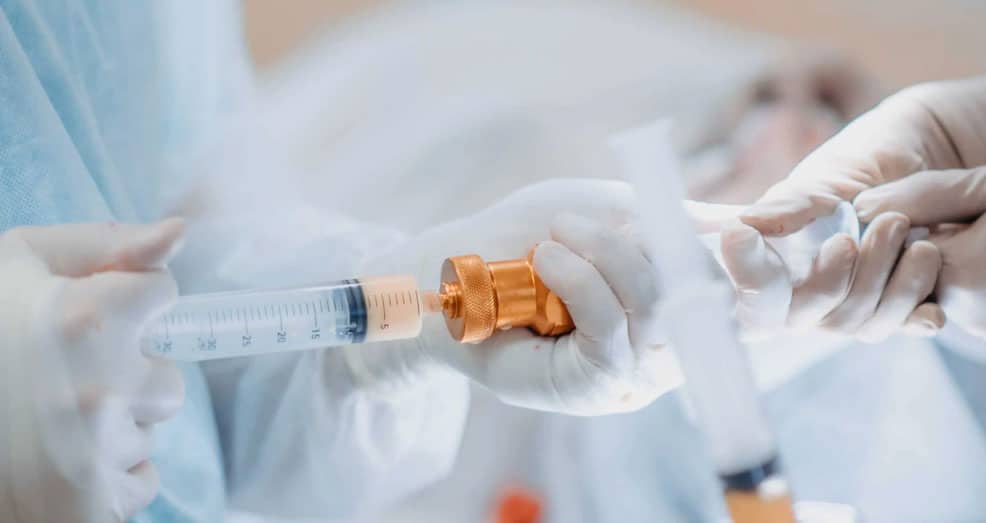Breast reconstruction restores one or both breasts to near normal appearance, shape, size and symmetry following a lumpectomy, mastectomy or congenital deformities. It involves multiple procedures which are performed in stages. The procedure can start to be performed immediately after a mastectomy or it can be delayed for a later date.
Breast reconstruction in Dubai and the US falls into two categories, which are:
- Flap reconstruction. Also known as autologous reconstruction, it involves the use of a patient’s own tissue from another part of the body to form a new breast. This can involve either abdominal-based flaps, back-based flaps or gluteal-based flaps.
- Implant reconstruction. This involves the use of breast implants for the formation of new breast mound.
A number of factors are however considered when it comes to choosing which option is best for a patient such as:
- Cancer treatments
- Type of mastectomy
- Patient’s body type
Candidate for Breast Reconstruction
You may be a good candidate for breast reconstruction if:
- You do not have any additional medical conditions that may impair your healing
- You are coping well with your diagnosis and treatment
- You have a positive outlook in life and your goals for restoring your breast and body image are realistic
Breast reconstruction procedure
General anesthesia is administered at the start for your comfort during the surgical procedure.
- Flap techniques reposition a woman’s own tissue to create or cover the breast mound
A mastectomy or radiation therapy may sometimes leave insufficient tissue on the chest wall to support and cover a breast implant. Such cases of breast reconstruction usually require either tissue expansion or a flap technique.
A TRAM flap may be used and this involves the use of muscle, fat and skin from a woman’s lower abdomen to reconstruct the breast. The flap can remain attached to the original blood supply and be tunnelled up through the chest wall or it can be detached completely and formed into a breast mound.
Your surgeon can alternatively choose to use the DIEP flap or SIEA flap techniques which only transfer skin and fat to the chest from the abdomen. In case there is insufficient tissue on the lower abdomen, other donor sites such as the back or buttocks may be selected.
A Latissimus dorsi flap involves the use of muscle, fat and skin from the back tunnelled to the mastectomy site and it remains attached to its donor site, leaving blood supply intact. It can at times reconstruct a complete breast mound, but it is mostly used to provide the muscle and tissue that is necessary to cover and support a breast implant.
- Tissue expansion stretches healthy skin to provide coverage for a breast implant
Implant-based reconstruction is an option for women who would like to avoid a separate donor site and are otherwise small breasted. Reconstruction with tissue expansion allows an easier recovery than flap procedures although it can be a more lengthy reconstruction process.
It normally requires several office visits over 1-2 months after the placement of the expander so as to gradually fill the device with saline through an internal valve to expand the skin. A second surgical procedure to replace the expander, if it is not designed as a permanent implant, is usually required.
- Surgical placement of a breast implant creates a breast mound
A breast implant can be an alternative or addition to flap techniques. An implant may also be used as a temporary placeholder during other breast cancer treatments until the patient is ready for more involved flap reconstruction techniques. Silicone and saline implants are used for the reconstruction. An implant alone reconstruction usually requires tissue expansion but newer techniques using acellular dermal matrix (biologic mesh) facilitates the use of a one stage reconstruction with implant alone.
- Reconstructing a nipple and areola, breast revision techniques
Not all women are candidates for nipple-sparing mastectomy although breast reconstruction is usually completed through a variety of techniques that reconstruct the areola and nipple. The techniques normally involve folding skin so as to create the shape of a nipple followed by tattooing six weeks later. Three dimensional nipple-areola tattooing can be used alone to create the appearance of a realistic nipple with the illusion of a projection. Revision procedures of breast reconstruction are often done to improve symmetry and the appearance of the donor site.
Recovery and Results of Breast Reconstruction
Immediately after the breast reconstruction surgery, gauze or bandages may be applied to the incisions. A support bra or elastic bandage will support and minimize the swelling of the reconstructed breast. A small thin tube may be temporarily placed under the skin so as to drain excess blood and fluid. The patient will be given specific instructions on how to care for the surgical sites. Healing will continue for several weeks as the swelling goes down and the breast shape or position improves. Follow up appointments will be scheduled to see the progress of the breast reconstruction. Strenuous activities should be avoided until the patient is completely healed.
Book an appointment for a consultation
Would you like to understand what the best options for a breast reconstruction for you are? Meet one of our experts at Al Shunnar Plastic Surgery for a personal consultation, to develop a tailor-made plan for you. Contact us or Book an appointment and our patient care coordinators will identify the most suitable expert for you.



